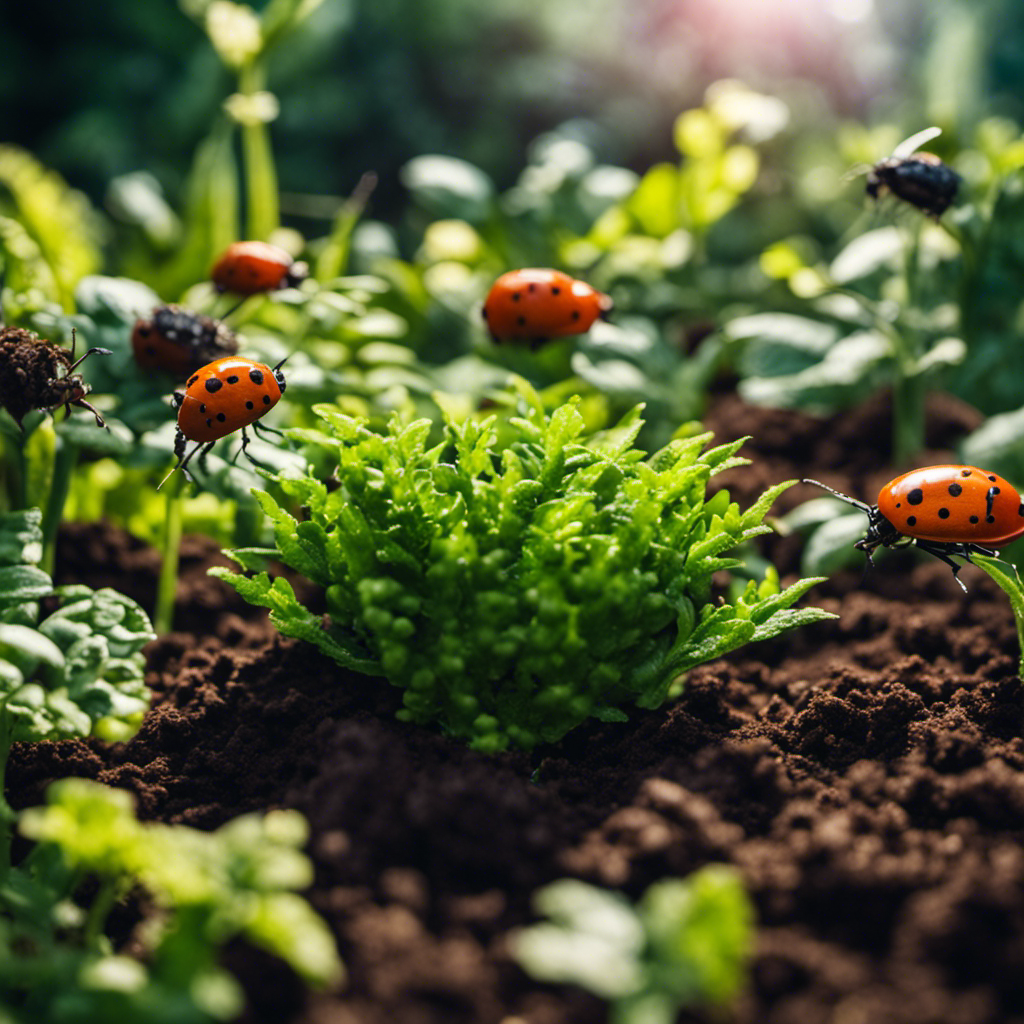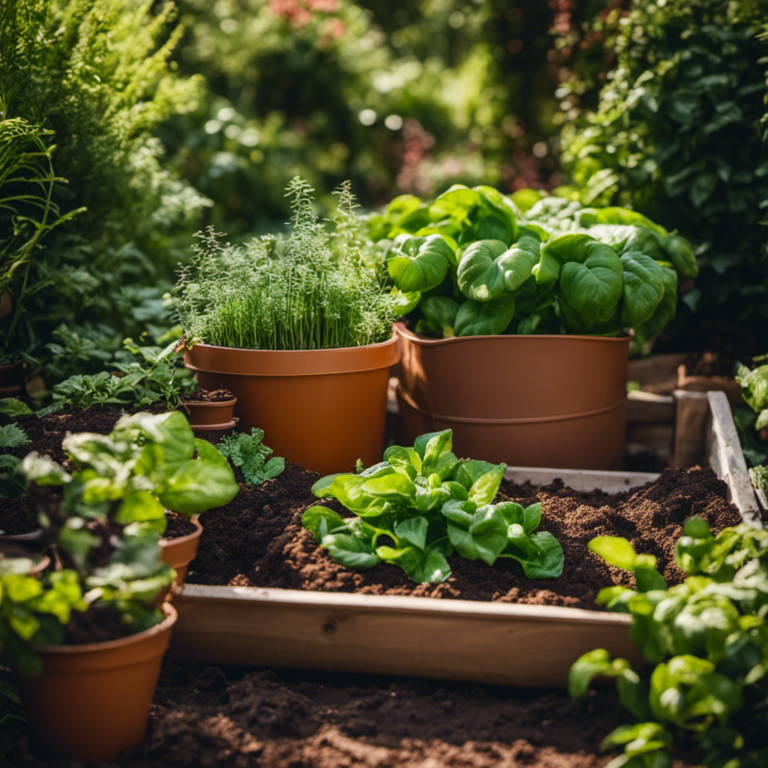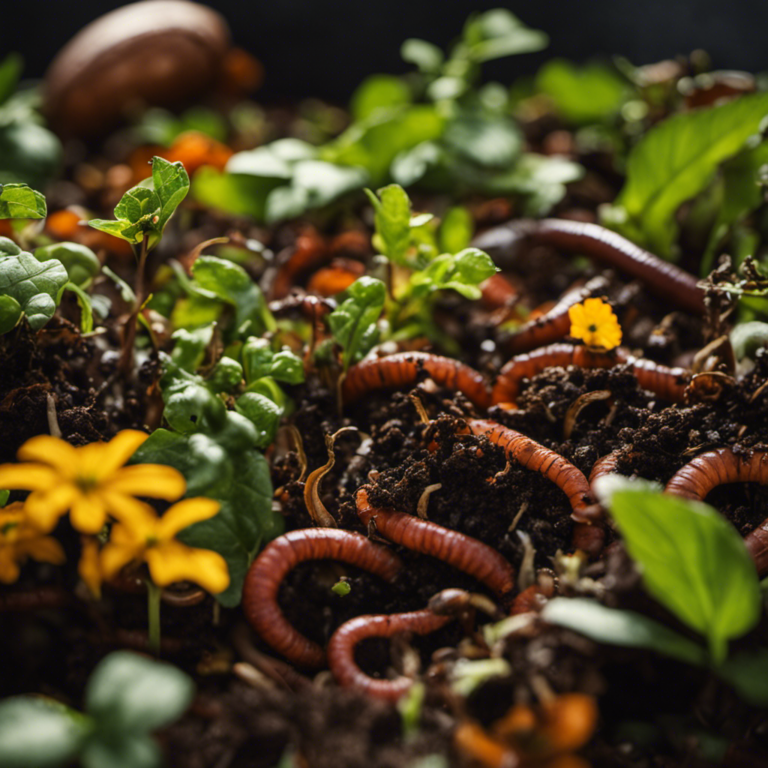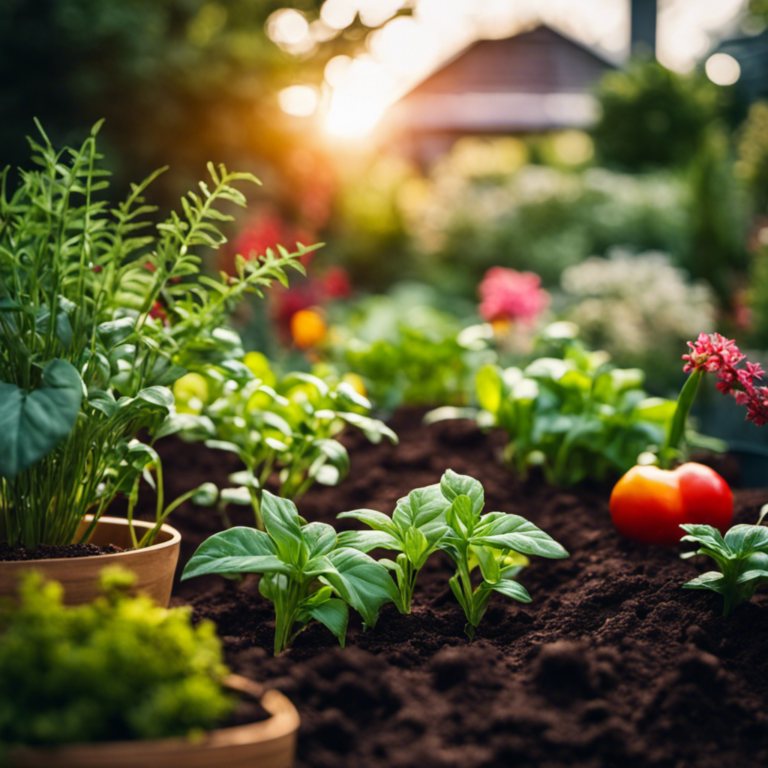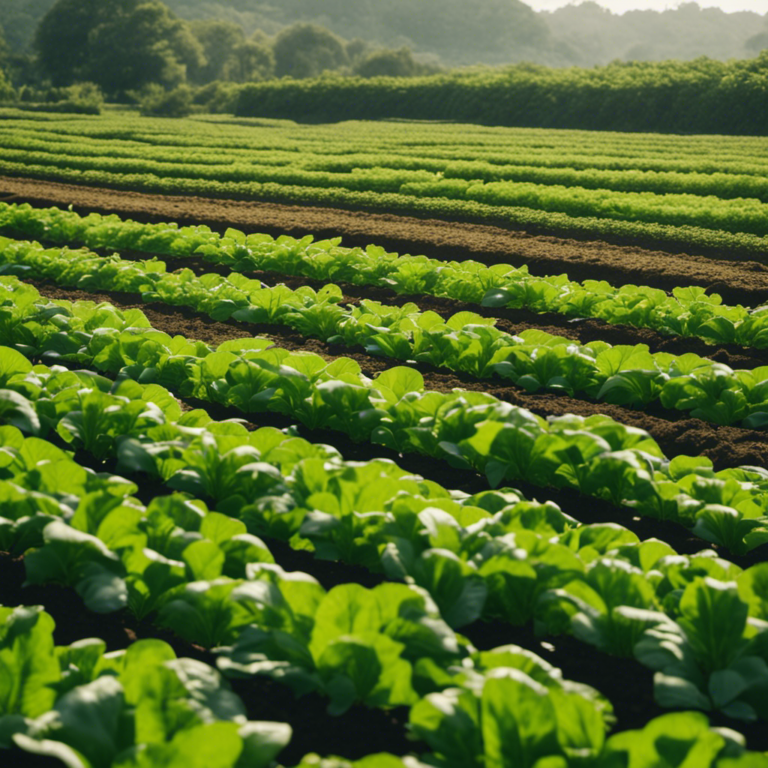Welcome to a comprehensive guide on mastering organic composting! In this guide, we will explore the art of creating nutrient-rich soil for your garden.
Together, we will learn different composting methods and understand the essential ingredients needed for success.
We will also delve into building and maintaining your compost pile or bin, as well as troubleshooting common issues that may arise.
By the end of this guide, you’ll have the knowledge and skills to become a pro at composting, allowing you to nourish your plants with the power of nature.
Let’s get started!
Key Takeaways
In the world of organic composting, we are on a journey to gain knowledge and understanding. Like a skilled gardener tending to their plants, we can cultivate a thriving compost pile. By selecting the right method, nourishing it with essential ingredients, and maintaining it with care, we can unlock the secrets of nature’s alchemy. Let’s embrace this journey and witness our compost bloom into a vibrant ecosystem, enriching the soil and teeming with life.
Choosing the Right Composting Method
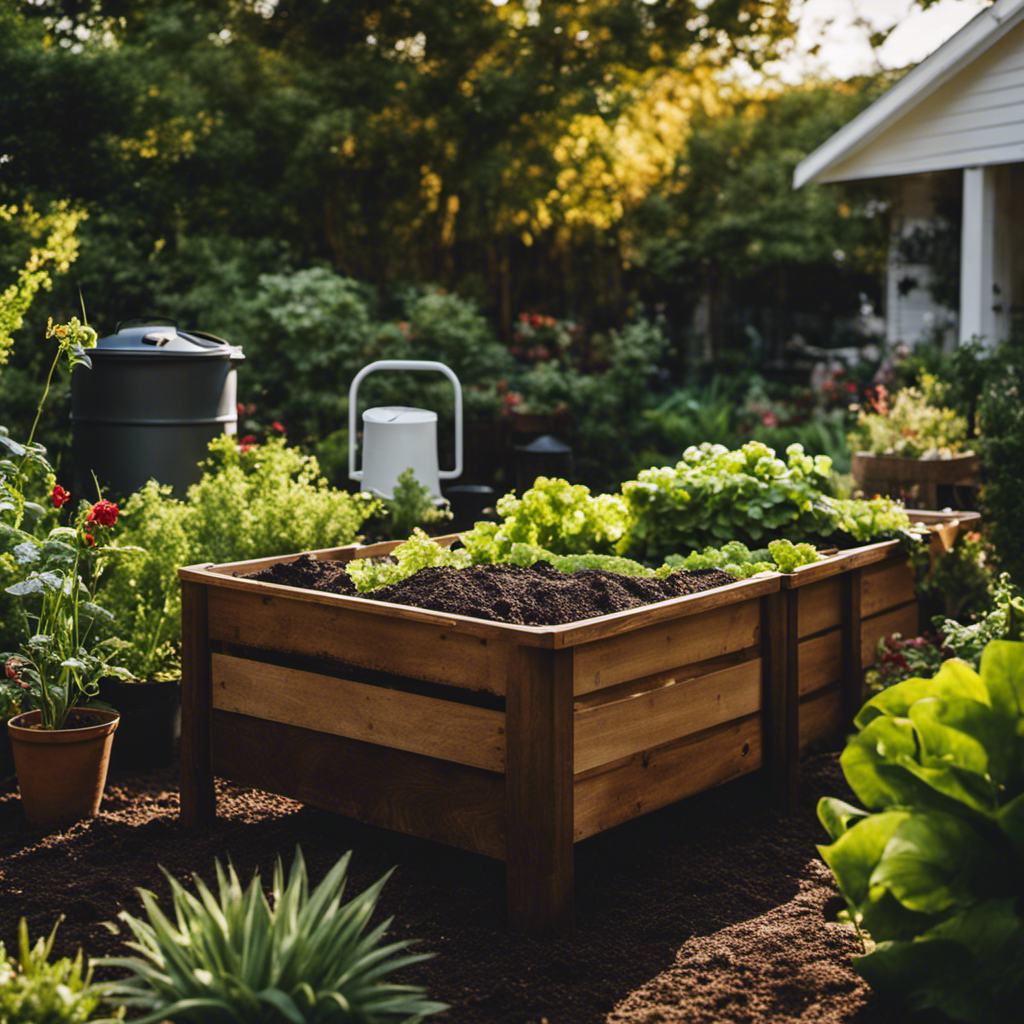
Choosing the Right Composting Method
When I first started my journey into organic composting, I had to decide on the best composting method for my needs. There are two main types of composting methods: aerobic and anaerobic composting.
Aerobic composting relies on oxygen to break down organic matter, while anaerobic composting occurs without the presence of oxygen.
After careful consideration, I chose to go with aerobic composting. This method is faster and more efficient because it allows beneficial microorganisms to thrive and effectively break down organic material. It also helps prevent any unpleasant odors that can arise from anaerobic composting.
Within the realm of aerobic composting, there are different techniques to choose from. I considered vermicomposting and traditional composting. Vermicomposting involves using worms to break down organic waste, resulting in nutrient-rich worm castings. This method is great for those who want to take a natural and sustainable approach.
On the other hand, traditional composting involves using yard waste, food scraps, and other organic materials. It requires proper layering and turning to ensure adequate aeration and decomposition. This method is suitable for individuals who have enough space for a compost pile or bin.
After careful consideration, I decided to start with traditional composting. It aligned with my goals of reducing waste and creating nutrient-rich soil for my garden.
Essential Ingredients for Organic Composting
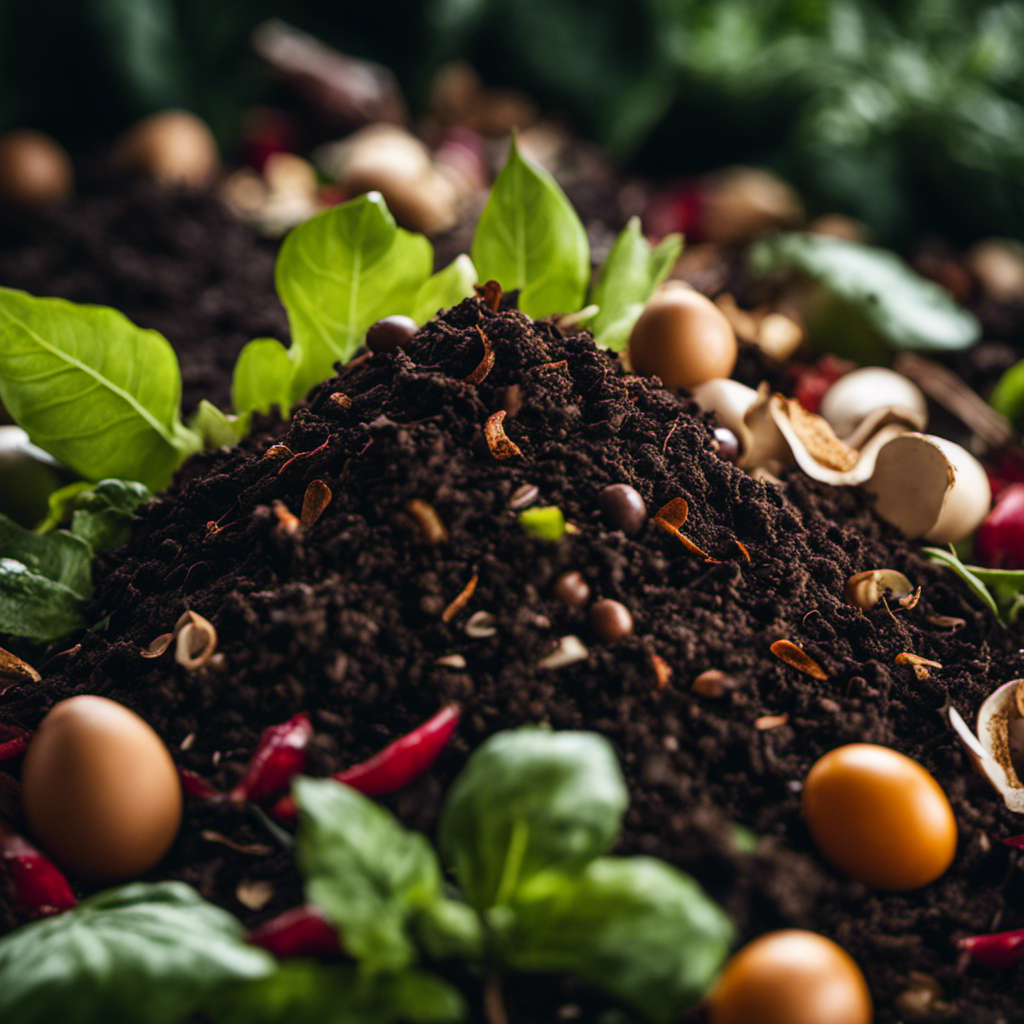
Mastering organic composting requires five essential ingredients that are crucial for creating nutrient-rich compost. These ingredients provide the necessary elements for decomposition and help create a balanced environment for breaking down organic matter. Here are the five essential ingredients for organic composting:
-
Green Materials: Fresh grass clippings, vegetable scraps, and coffee grounds provide nitrogen for microbial activity and help speed up the decomposition process.
-
Brown Materials: Dry leaves, straw, and shredded newspaper supply carbon for energy and help create aeration in the compost pile.
-
Water: Adequate moisture is essential to facilitate microbial activity and ensure proper decomposition.
-
Oxygen: Sufficient airflow promotes aerobic decomposition and prevents odors.
-
Microorganisms: Bacteria, fungi, and earthworms break down organic matter into rich, dark compost.
By combining these ingredients in the right proportions and maintaining proper composting techniques, you can create high-quality compost that enriches your soil and promotes healthy plant growth. Additionally, using the right composting equipment, such as a compost bin or tumbler, can facilitate the composting process and make it more convenient.
Building Your Compost Pile or Bin
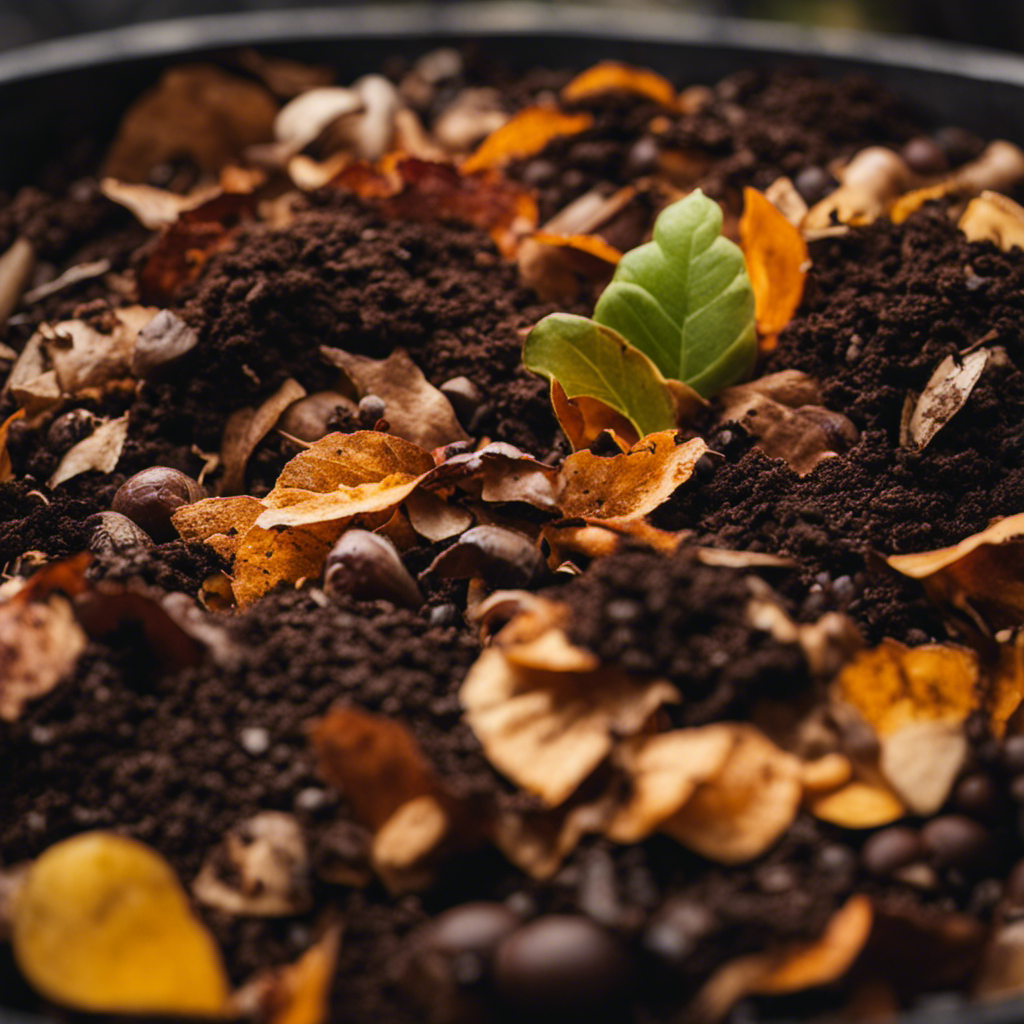
Building Your Compost Pile or Bin
I constructed my compost pile using a durable bin made from recycled plastic. Selecting the ideal location for your compost pile is crucial for successful composting, especially when space is limited.
If you’re composting in a small area like a balcony or patio, you have a few options. One option is to use a compact compost bin that fits perfectly in your available space. These bins are designed to efficiently break down organic matter while minimizing odors and pests.
Another option is vermicomposting, which involves using worms to decompose organic waste. Vermicomposting can be done in a small bin or even indoors, making it an excellent choice for those with limited outdoor space.
If you have a larger yard, you can choose a spot that’s convenient for you while still allowing for proper airflow and drainage. It’s important to consider the proximity to your kitchen for easy access to add food scraps. Additionally, avoid placing your compost pile too close to structures or trees, as the decomposing material can generate heat and potentially harm nearby plants.
Maintaining and Turning Your Compost
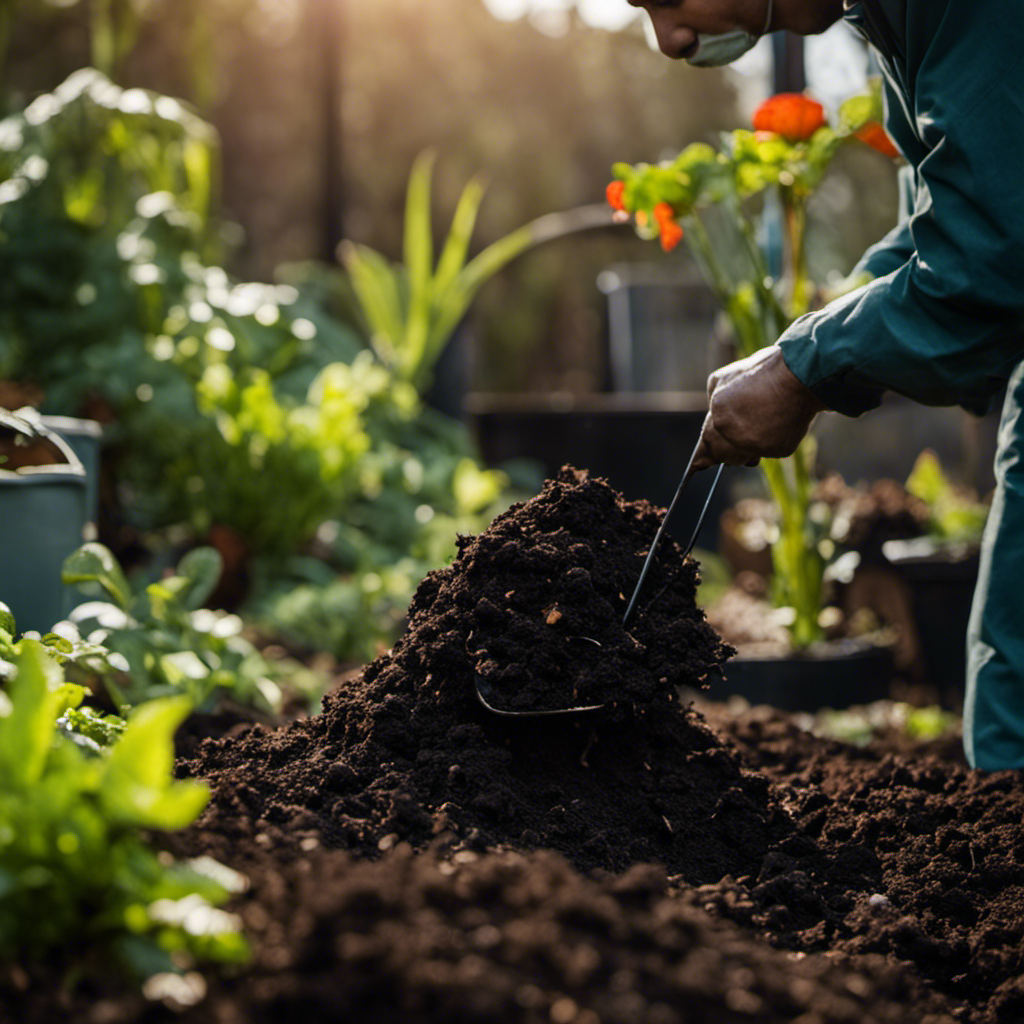
Maintaining and turning your compost is an important part of the composting process. To do this, you need to regularly aerate the pile by mixing it with a pitchfork or compost turner. Aeration helps break up clumps, improve oxygen flow, and promote decomposition. Turning the compost ensures that all the materials are evenly mixed, which leads to a faster and more efficient breakdown process.
One key consideration when maintaining and turning your compost is the temperature. The ideal temperature range for composting is between 110 and 160 degrees Fahrenheit. This temperature range kills off pathogens and weed seeds, making your compost safe to use in your garden.
Regularly turning your compost also helps regulate the temperature. By mixing the materials, you evenly distribute the heat throughout the pile, avoiding hot spots or cold spots. This promotes a uniform breakdown of organic matter and accelerates the composting process.
In addition to temperature regulation, turning your compost introduces fresh oxygen into the pile. Oxygen is crucial for the activity of aerobic bacteria, which break down organic matter. By regularly turning your compost, you provide these bacteria with the oxygen they need to thrive and decompose the materials.
Troubleshooting Common Composting Issues
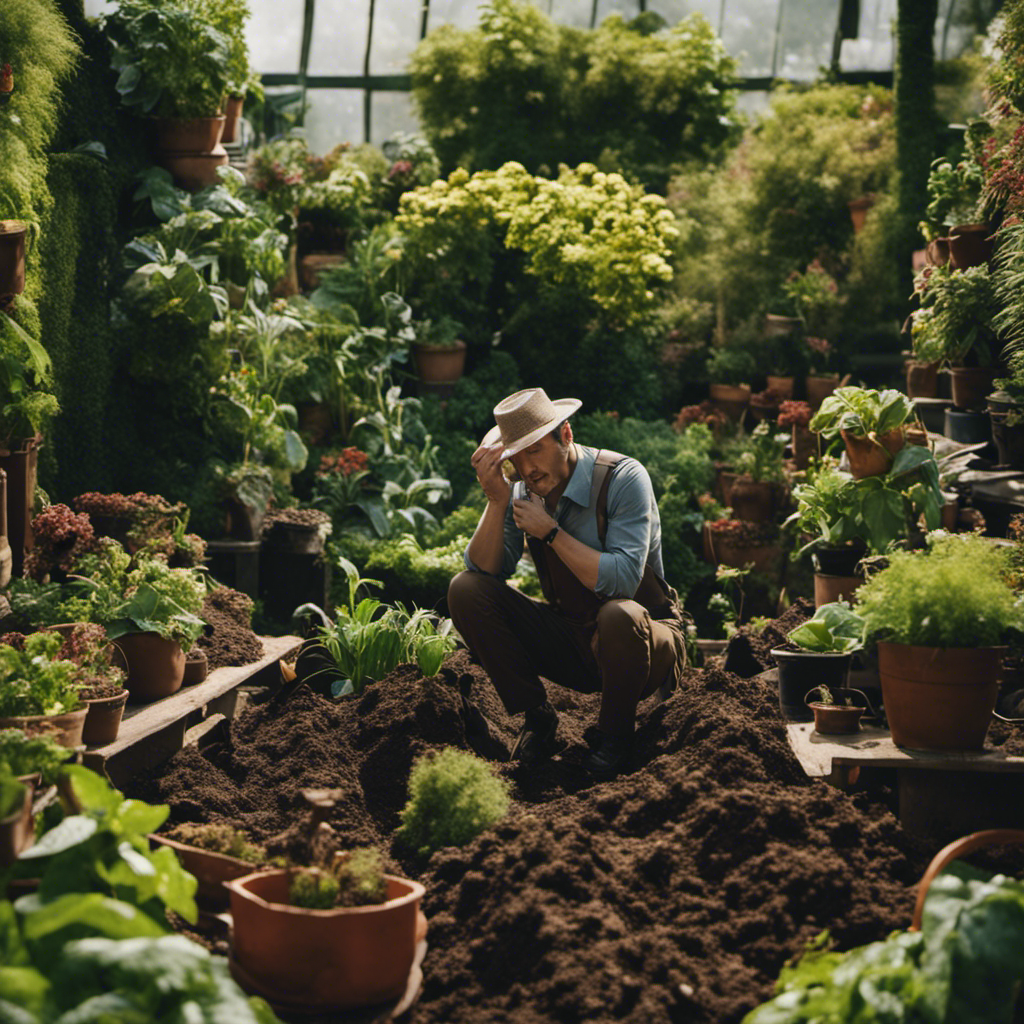
One common issue that beginner composters may encounter is a lack of progress in their compost pile’s decomposition. This can be frustrating, but there are several steps you can take to troubleshoot and address this problem.
To prevent odors in your compost pile, it’s important to maintain a good balance of carbon-rich and nitrogen-rich materials. Carbon-rich materials include dry leaves, straw, and wood chips, while nitrogen-rich materials include kitchen scraps, grass clippings, and coffee grounds. Thoroughly mixing these materials will help prevent odors from forming. Additionally, regularly turning your compost will introduce oxygen and speed up the decomposition process, reducing the risk of odors.
Dealing with pests in your compost pile can also be a challenge. Common pests include flies, ants, and rodents. To discourage flies, cover your kitchen scraps with a layer of carbon-rich materials and keep the compost pile moist but not wet. You can deter ants by sprinkling diatomaceous earth around the perimeter of the pile. If you have issues with rodents, make sure your compost pile is securely enclosed in a bin or fencing to prevent access.
Conclusion
In the world of organic composting, we’ve embarked on a journey to gain knowledge and understanding.
Like a skilled gardener tending to their plants, we too can cultivate a thriving compost pile.
By selecting the right method, nourishing it with essential ingredients, and maintaining it with care, we unlock the secrets of nature’s alchemy.
Let’s embrace this journey and witness our compost bloom into a vibrant ecosystem, enriching the soil and teeming with life.
